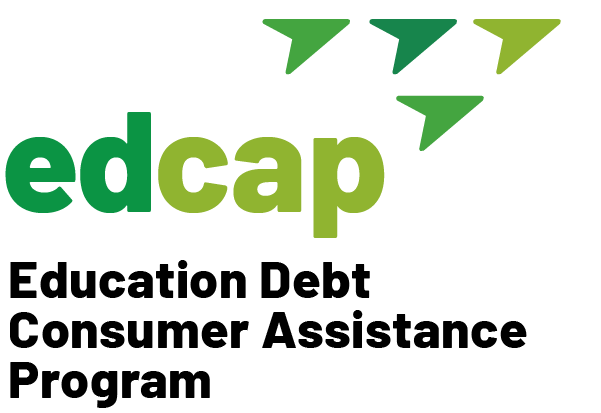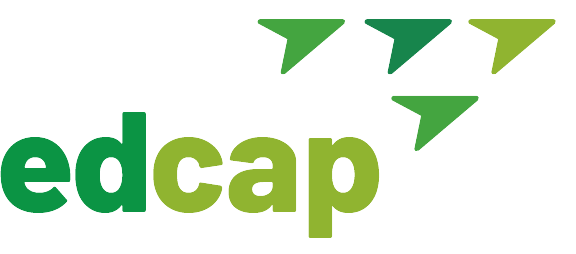There are a variety of financial aid avenues that you can explore.
Scholarships
Scholarships are an excellent way to cover college expenses since they don’t need to be repaid. Each scholarship usually requires a unique application and can be competitive, considering various factors.
Tip: Once you’ve crafted a strong personal statement and gathered solid references, you can use them to apply for multiple scholarships. You may need to tailor them to each scholarship’s specific requirements.
Scholarship Types
You can get scholarships based on:
- Financial need
- Academic achievement
- Field of study
- Sports
- Ethnicity
- Disability
- Military affiliation
- … and much more!
Use our scholarship guide to find scholarships that are right for you.
Grants
Grants, like scholarships, do not require repayment and are typically awarded based on financial need. Students can apply for various types of grants, including federal, state, local and institutional grants. The first step to access these funds is by completing the FAFSA.
Federal Pell Grants, for example, award up to $7,395 per academic year, depending on your financial need, costs to attend school, status as a full or part-time student, and if you plan to attend school for the full academic year or less.
State Aid
State aid offers financial assistance to support higher education for residents, with varying options such as grants, scholarships, loans, or work-study programs. Typically, to be eligible, you need to attend college in your home state. You can start by filling out the FAFSA and completing any additional state-based applications. For more guidance, explore the resources available for filling out the FAFSA and learning about aid options in your state.
Tip: Each state usually has a dedicated agency responsible for administering state-based financial aid programs. It’s important to identify this agency and regularly check their website for updates and program information. In New York, for example, the Higher Education Services Corporation (HESC) manages financial aid programs and services for college students.
New York State Aid Programs
- Tuition Assistance Program (TAP): TAP is a state-funded program that provides financial aid to eligible New York residents attending approved postsecondary institutions in New York State. It helps cover a portion of tuition costs based on the student’s financial need and family income. After submitting the FAFSA, you can access the TAP application by clicking on the “Start your state application” link on the FAFSA confirmation page. If you’ve already completed the FAFSA, you can also apply directly through the HESC website.
- Excelsior Scholarship: The Excelsior Scholarship offers eligible students the opportunity to attend New York’s public colleges and universities (SUNY and CUNY) tuition-free. To qualify for the Excelsior Scholarship, you must meet specific residency, income, academic, and post-graduation residency or work requirements. To apply, first complete the FAFSA and TAP applications, then submit the Excelsior Scholarship application on the HESC website.
- The Senator José Peralta New York State DREAM Act: This allows undocumented and other eligible students to access New York State‐administered grants and scholarships to help cover their higher education costs. Eligible students can apply by submitting the NYS DREAM Act application through the HESC website.
For detailed information and to access applications, visit the HESC website.
Institutional Aid
Institutional aid is financial assistance that comes directly from the college you are planning to attend, and the key is to apply as early as possible. These include grants and scholarships but can also include institutional loans and work-study programs. Most colleges will only require FAFSA completion to be eligible, but some will require you to submit a CSS profile or their own institutional form.
Tip: Ask your college about any additional financial or institutional aid. Be sure to mention special circumstances, such as having multiple siblings in college or a significant drop in household income not reflected in your taxes, to increase your chances of receiving more assistance.
Work-study and Part Time Programs
Work-study programs allow you to earn money by working through your school, with eligibility determined by financial need. You’ll be informed of your eligibility in your financial aid award letter. Be sure to complete the FAFSA to be considered for federal work-study.
To take advantage of work-study, you’ll need to find a job on campus or with an approved employer. Most schools provide a directory of available positions that accommodate your class schedule, making it easier to balance work and study. It’s a great way to earn money and gain experience while in college.
Attending school part-time while working is another viable option. Although it may take longer to graduate compared to full-time attendance, this approach can help you manage college and living expenses, potentially reducing the need for loans and keeping you out of debt.
Federal Student Loans
When you have exhausted all grant and scholarship options, look at the leftover cost. If you still need money, you have different options for loans. Federal student loans should be your first choice when it comes to borrowing for college. They offer more protections, lower monthly payments based on income, and access to forgiveness and debt relief programs. Completing the FAFSA is your first step in determining your eligibility for federal student loans. Understand the different federal loans available.
Federal Loan Types
- Subsidized loans are awarded based on FAFSA-defined financial need and do not accrue interest during school and deferment, but have to be repaid when you graduate, drop below half-time status or withdraw from school. They are available to students for undergraduate studies only.
- Unsubsidized loans accrue interest from the moment they are disbursed, including while in school, and also require repayment under the same circumstances as Subsidized loans. They are available to students for undergraduate and graduate studies.
- Parent PLUS loans are available to parents of dependent undergraduate students. They are unsubsidized, have fewer repayment plan options, cannot be transferred to the child, and typically have higher interest rates. Because borrowing limits can reach up to the cost of attendance, it’s easy to take on an unmanageable debt burden beyond your means. Learn more about navigating parent student loans.
- Graduate PLUS loans: These loans are available to graduate or professional students. Like Parent PLUS loans, they are unsubsidized and require a credit check. Students can borrow up to the cost of attendance.
Private Student Loans
Private student loans should be your very last resort and are often the most expensive. Private student loans are offered by banks, credit unions, and other private lenders. These loans will require a credit check and will often require a co-signer. The student borrower and co-signer are both liable for the loan. They offer fixed or variable interest rates. Creditworthy applicants may secure better rates compared to federal loans, but unlike federal loans, they are not eligible for forgiveness programs, disability discharge, or more generous repayment plan options based on your income.
If you must take them out, fixed rate loans are generally safer and more predictable. Know what your monthly payment will be. Also know that if you have a cosigner, getting them released from the obligation to pay the loan if you, the primary borrower cannot make payments, is extremely difficult and late payments, delinquency or default will directly impact them and their credit.
Learn more about the differences between federal and private loans.
Tip: As a parent, you can borrow up to the full cost of attendance through Parent PLUS loans to cover your dependent’s undergraduate education. We recommend choosing Parent PLUS loans over private loans and avoiding the combination of both. Managing different types of loans can be highly challenging and complicate the repayment process.
What’s next?
Have a Plan for Repayment
Before you take out any loans, federal or private, have a plan ready for how you’ll tackle the debt when you finish school and enter repayment. Learn more here.
Remember
You have options and shouldn’t rely solely on student loans. Talk to your school’s financial aid office! They can offer some insight into what programs and options you have for your specific situation.
Useful Links
Glossary
- FAFSA: The Free Application for Federal Student Aid.
- Disbursed: When the lender pays the approved loan amount to the borrower’s account, making the funds available for use.
- Liability: A sum of money that one party or entity owes to another. In basic terms, it’s a debt that is owed at some point in the future.
- Fixed Rate: A fixed-rate loan, also known as a term loan, is a loan with an interest rate that remains the same for the entire loan term or for part of it.
- Variable Rate: A variable rate loan is a loan where the interest rate can change over time based on market interest rates or an index, such as the prime rate or federal funds rate. This means that the monthly payments on a variable rate loan can also fluctuate.











